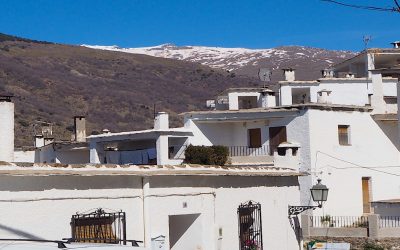After part 1 of our Road Less Travelled exploration of the eastern flanks of La Alpujarra, the tourist route, we were keen to see what...

Andalucia
Andalucia
Visiting Granada’s La Alpujarra region
I have this constant battle over my preference for sea versus mountains. After a prolonged period at either one, my love affair with its...
Follow us
You can find us on social media,
different channels for different content.


